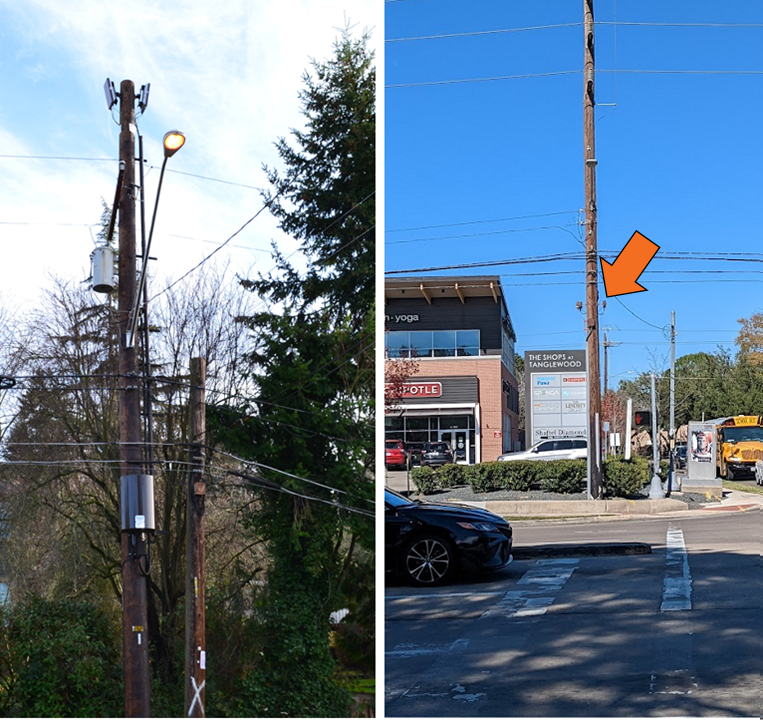Repeaters Are Not Small Cells
by Jay Maciejewski, Director of National Accounts
Municipalities have good reason to regulate the installation of small cells. That’s my conclusion after reviewing public records associated with an ongoing small cell installation on a neighborhood utility pole near me. Installing small cells is complex and time-consuming: weighty telecom hardware, fiber and power conduits running from underground connection boxes up a new and taller pole, impacts on sidewalks, trees, water, fences, sewer, storm drains, and so on. It’s been nearly three years since the first small cell paperwork was filed with the City, but I expect the old pole will be removed shortly.

Outdoor network repeaters are not small cells. Repeaters have no fiber connection, weigh a fraction of small cells and consume a fraction of their power. Should repeaters require three years to permit? Most municipalities and utilities would say no and are beginning to regard repeaters like IoT devices. But fairness alone isn’t the only reason they’re treating repeaters differently. It’s mobile streaming video.
With video traffic growing at 40% annually, US mobile operators will run out of 5G C-band spectrum in urban hotspots by 2024, according to Mobile Experts. Copious mmWave spectrum has plenty of capacity but it’s challenged by line-of-sight coverage. If mmWave is deployed via small cells only, then either a) some areas will get far more capacity than they need and other areas will get too little, or b) all areas will get more capacity than they need – at enormous cost. Neither option is acceptable to anybody.
The only practical alternative is to spread the enormous capacity of fiber-connected small cells by using repeaters. In its August 2021 analysis Repeaters Cut mmWave Costs in Half, Mobile Experts concluded that, for a given coverage area, 85 repeaters and 10 small cells could spread capacity more evenly and organically, and at half the cost, than 95 small cells without repeaters.
That’s a lot of repeaters. But municipalities and utilities who value wireless communications for keeping current and prospective residents and businesses safe and happy are beginning to view them as truly different from small cells. Repeaters require no fiber, and are less costly, smaller, lighter, less power consuming (C-SWaP) than small cells. Lower C-SWaP also means repeaters are quicker and more flexible to deploy. They’ll go where small cells can’t, like on existing poles, older poles, poles in alleys, traffic poles, sides of buildings and so on. Low C-SWaP applies to repeaters too, and the best among them belongs to Pivot 5G.

